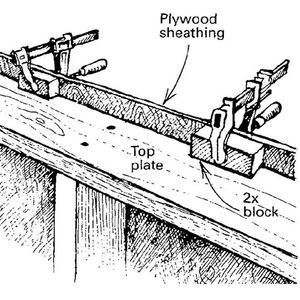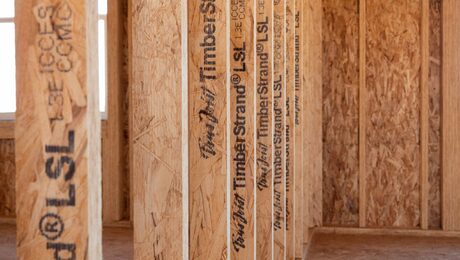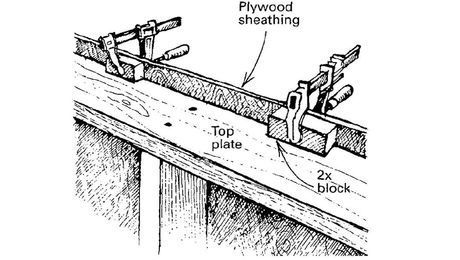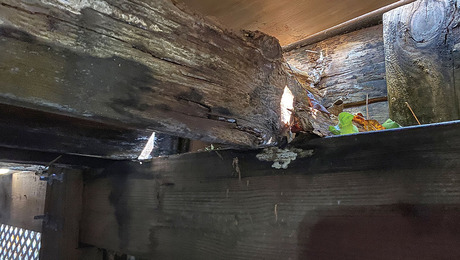How to Fight a Beetle Infestation
Learn how to fight wood-boring beetles and prevent home infestations with expert advice from Richard D. Kramer, an authority in pest control.
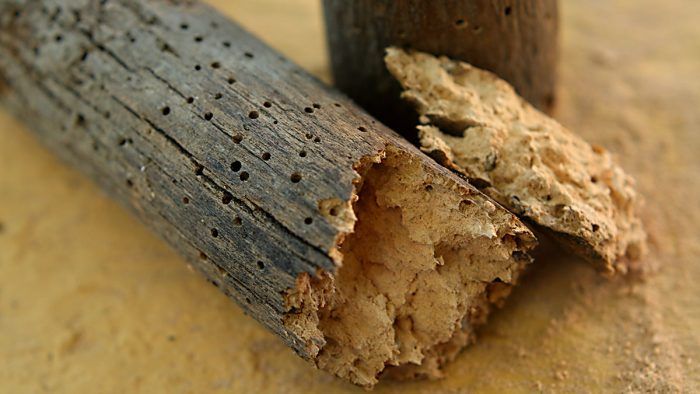
Homeowner Paul D. Ledvina of Palmyra, VA, heard the telltale crunching sounds of wood-boring beetles and knew he needed to figure out how to fight a beetle infestation with help from the experts. Luckily, Richard D. Kramer, the former director of research, education and technical resources for the National Pest Control Association, has the answers. From understanding the life cycle of these pests to implementing preventive measures and addressing active infestations, Kramer provides a comprehensive guide to fortify your home against these silent invaders.
Question:
My house was built in 1986, and I had to replace all the yellow-pine windowsills after they became infested with wood borers. Yet I continue to hear a crunching noise from the walls around those windows. I now suspect that the borers have also infested the fir window-trim boards and the house corner boards. Is there anything I can do to keep the rest of my house from being turned into a free lunch for bugs? — Paul D. Ledvina, Palmyra, VA
Answer:
Richard D. Kramer, former director of research, education and technical resources for the National Pest Control Association, replies: The wood borer you describe is most likely the old-house borer, Hylotrupes bajulus. The larvae, the telltale sounds, the age of the house and the infestation in yellow pine are all indicative of this wood-infesting beetle. The sounds you hear are the larvae chewing as they tunnel through the wood, eating.
The old-house borer is a beetle that attacks only softwoods. The life cycle (egg to adult) is usually 3 years to 6 years. During the summer, the females lay their eggs in cracks and crevices, or between wood surfaces. When the larvae hatch, they chew their way into the wood and begin feeding. They remain in the wood feeding their entire life and open holes to the surface of the wood only when the adults emerge, allowing significant damage to go undetected for years in many cases.
The beetles’ ability to survive and to reinfest depends on the nutritional value of the wood and the wood’s moisture content. As wood ages, the nutritional value declines along with the moisture content. The larvae survive better and develop faster when the moisture content in wood is 15% to 28%. They don’t survive and reinfest wood if moisture content is 10% or less. Borer larvae can survive periodic drops in moisture content, but development slows.

Prevent Reinfestations
Reinfestation can be prevented by finishing wood surfaces thoroughly, which creates a smooth surface and inhibits egg laying and penetration by the larvae. Reducing the wood’s moisture content below 10%, which usually happens over time, also inhibits reinfestation. The areas of the structure most likely to be reinfested are the floor joists in a crawlspace and attic trusses. Improved ventilation in these areas may reduce the moisture content of the wood, but that solution is usually not enough to discourage infestation.
Resolve Active Infestations
Resolving active infestations is limited to three strategies. The first and least costly is removal and replacement of infested wood. If the only wood infested is trim, this strategy is not too difficult. The second is spot treatment with a residual insecticide. The products used by commercial applicators are chlorpyrifos (Dursban) and sodium octaborate tetrahydrate (TimBor or Boracare). Both products can be applied on the surface or injected into the bugs’ galleries. Surface application is effective only on unfinished surfaces, and the success of the injection strategy depends on locating the galleries.
The borate products tend to penetrate more effectively into the wood than chlorpyrifos, and the borate penetration into the wood increases as the moisture content in the wood increases. Borates also work effectively as a preventive treatment. Once the borates are applied, particularly to exterior surfaces, they must be sealed because any contact with water causes leaching and loss of product. This type of application should be done professionally and can cost several hundred dollars to several thousand dollars, depending on the extent of the treatment.
If done correctly, the third option, fumigation, is the most certain method of eliminating infestation, but it is also the most expensive. The success of this technique does not depend on locating the infestation because the fumigant penetrates the entire structure. Fumigation provides no residual protection, however, so once the tent comes down and the fumigant is gone, the house can be reinfested.
RELATED STORIES





